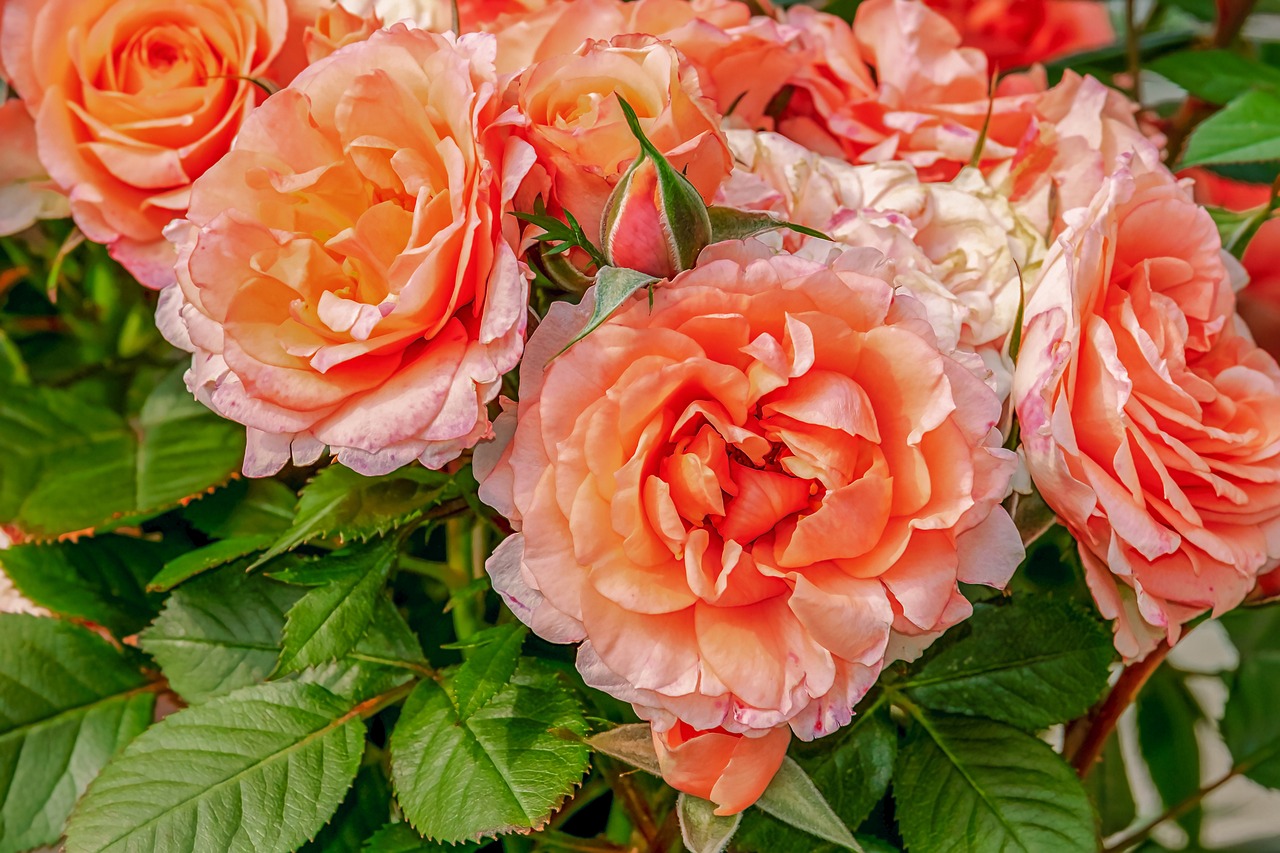
.Are you a rose enthusiast looking to expand your garden without breaking the bank? Look no further than propagating your own roses! This easy and cost-effective method allows you to create new plants from existing ones, ensuring a continuous supply of your favorite blooms.
In this step-by-step guide, we’ll walk you through the process of propagating roses, from selecting the right cuttings to caring for your new plants. Get ready to multiply your rose collection and enjoy the satisfaction of growing your own beauties.
Why Propagate Roses?
Propagating roses is not only a cost-effective way to expand your garden but also a means of preserving unique and beloved rose varieties. Additionally, propagating roses can be a therapeutic and fulfilling hobby, providing a sense of accomplishment as you watch new plants thrive under your care.
When to Propagate Roses?
The best time to take rose cuttings is in late spring or early summer, when the plant is actively growing. Avoid taking cuttings during the hottest months of summer or when the plant is dormant in winter.
Tools and Materials Needed
Before you start, gather the necessary tools and materials:
- Pruning shears or a sharp knife
- Rooting hormone powder or gel
- Small pots or seed trays
- Well-draining potting mix
- Clear plastic bags or a propagation dome
- Watering can
- Labels and markers
Step-by-Step Guide to Propagate Roses
1. Selecting the Right Stem
Choose a healthy, non-flowering stem from the parent rose bush. The stem should be about 6-8 inches long and slightly flexible. Avoid stems that are too woody or too soft.
2. Making the Cut
Using clean pruning shears or a sharp knife, make a diagonal cut just below a leaf node (the point where leaves attach to the stem). Ensure the cut is clean and smooth to promote better rooting.
3. Preparing the Cutting
Remove the lower leaves from the stem, leaving only a few leaves at the top. This reduces water loss and focuses the plant’s energy on root development. If the remaining leaves are large, you can cut them in half to further minimize water loss.
4. Applying Rooting Hormone
Dip the cut end of the stem into rooting hormone powder or gel. This step encourages root growth and increases the chances of successful propagation. Tap off any excess hormone.
Planting the Cuttings
Choose the Right Potting Mix
Use a well-draining potting mix specifically formulated for roses or a mixture of equal parts perlite, vermiculite, and peat moss.
Plant the Cuttings
Gently insert the cutting into the planting hole, making sure the rooting hormone-coated end is in contact with the potting mix. Firm the soil around the base of the cutting to provide support.
Water Thoroughly
Water the potting mix until it’s evenly moist but not waterlogged. Allow any excess water to drain from the pot.
Caring for Your Cuttings
Provide Humidity
To maintain high humidity around the cuttings, cover the pot with a clear plastic bag or place it inside a greenhouse or cold frame. This helps prevent the leaves from drying out.
Avoid Direct Sunlight
Place the pot in a shaded area, out of direct sunlight. Bright, indirect light is ideal for encouraging root growth without stressing the cutting
Monitor Soil Moisture
Check the soil regularly and water when the top inch of the potting mix becomes dry. Avoid letting the soil become waterlogged, as this can lead to rot.
Remove Dead or Dying Leaves
Regularly inspect the cuttings and remove any dead or dying leaves to prevent fungal diseases from developing.
Transplanting and Aftercare
Check for Roots
After 4-6 weeks, gently tug on the cutting to check for root growth. If there is resistance, the cutting has likely rooted successfully.
Transplant into a Larger Pot
Once the cutting has developed a good root system, transplant it into a larger pot filled with a well-draining potting mix. Water thoroughly after transplanting.
Harden Off
Before planting the rooted cutting in its final location, gradually expose it to more sunlight and lower humidity over a period of 7-10 days. This “hardening off” process helps the plant adapt to its new environment.
Plant in the Garden
Choose a sunny location with well-draining soil and plant the rooted cutting at the same depth it was growing in the pot. Water thoroughly and mulch around the base of the plant to retain moisture.
Troubleshooting Common Issues
Cutting Not Rooting?
- Ensure you’re using healthy, non-flowering stems.
- Double-check that the cut is clean and diagonal.
- Maintain consistent humidity and avoid direct sunlight.
Leaves Wilting or Dropping?
- Cut leaves in half to reduce water loss.
- Increase humidity around the cuttings.
- Ensure the soil remains consistently moist but not soggy.
Mold or Fungus on Cuttings?
- Improve air circulation around the cuttings.
- Avoid overwatering and ensure well-draining soil.
- Use a fungicide if necessary.
Advanced Propagation Techniques
1. Propagating Roses from Seeds
While more challenging and time-consuming, propagating roses from seeds can be a rewarding way to create new rose varieties. Collect seeds from rose hips, stratify them in the refrigerator for several months, and then plant them in a suitable growing medium.
2. Layering
Layering involves bending a low-growing stem to the ground and covering a portion with soil while still attached to the parent plant. Over time, the buried section will develop roots, and you can then separate the new plant from the parent.
3. Grafting
Grafting is a technique where you join a stem (scion) from one rose variety to the rootstock of another. This method allows you to combine desirable traits from different rose plants.
